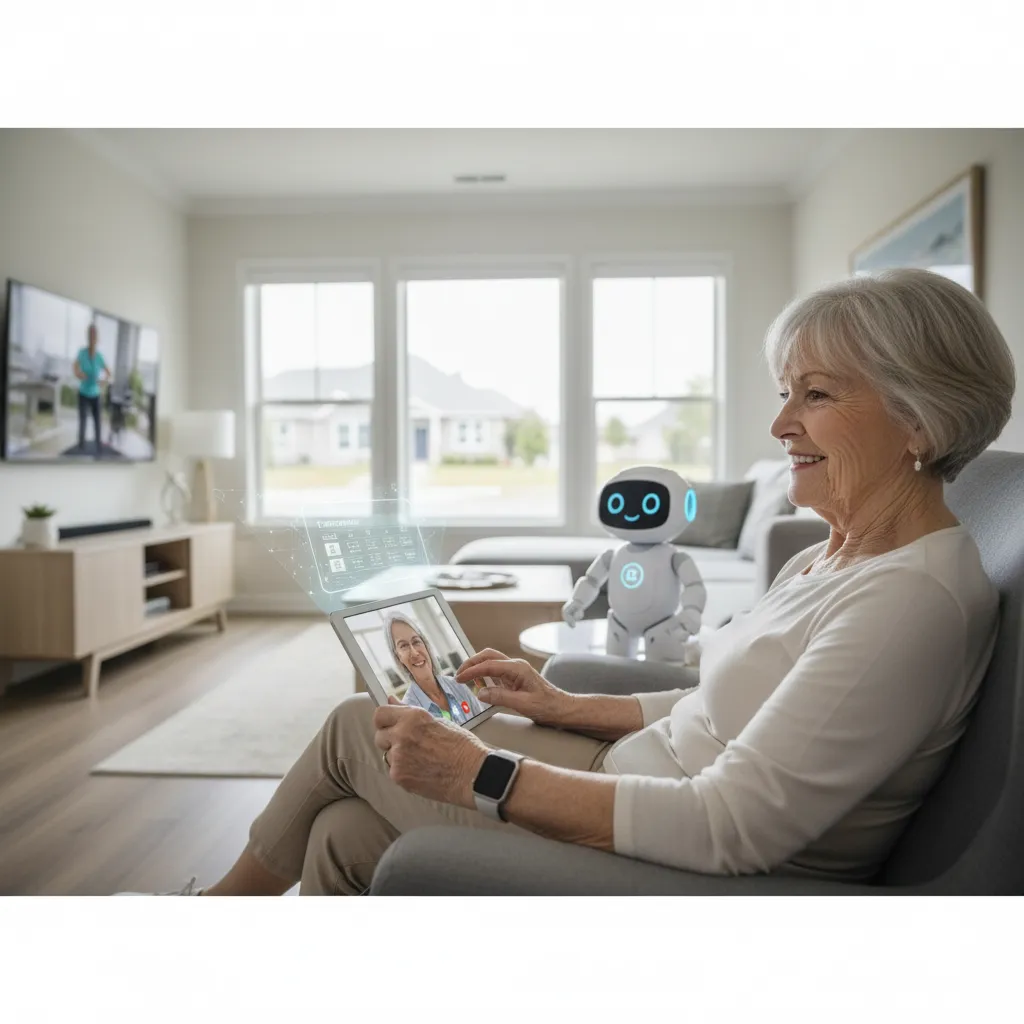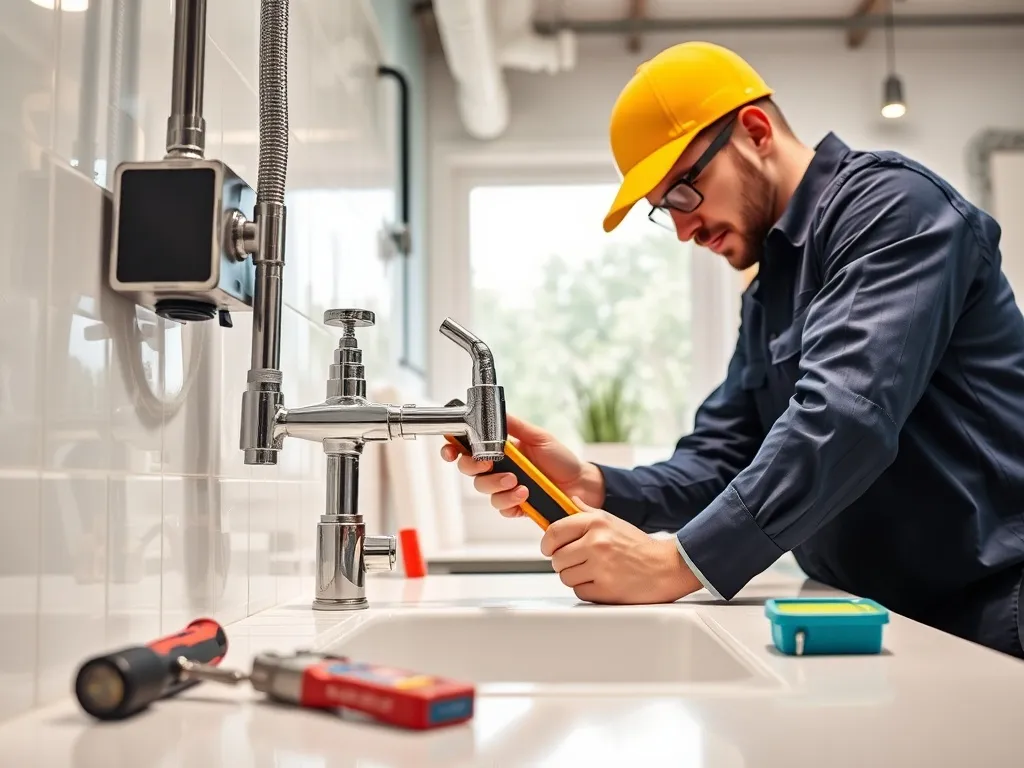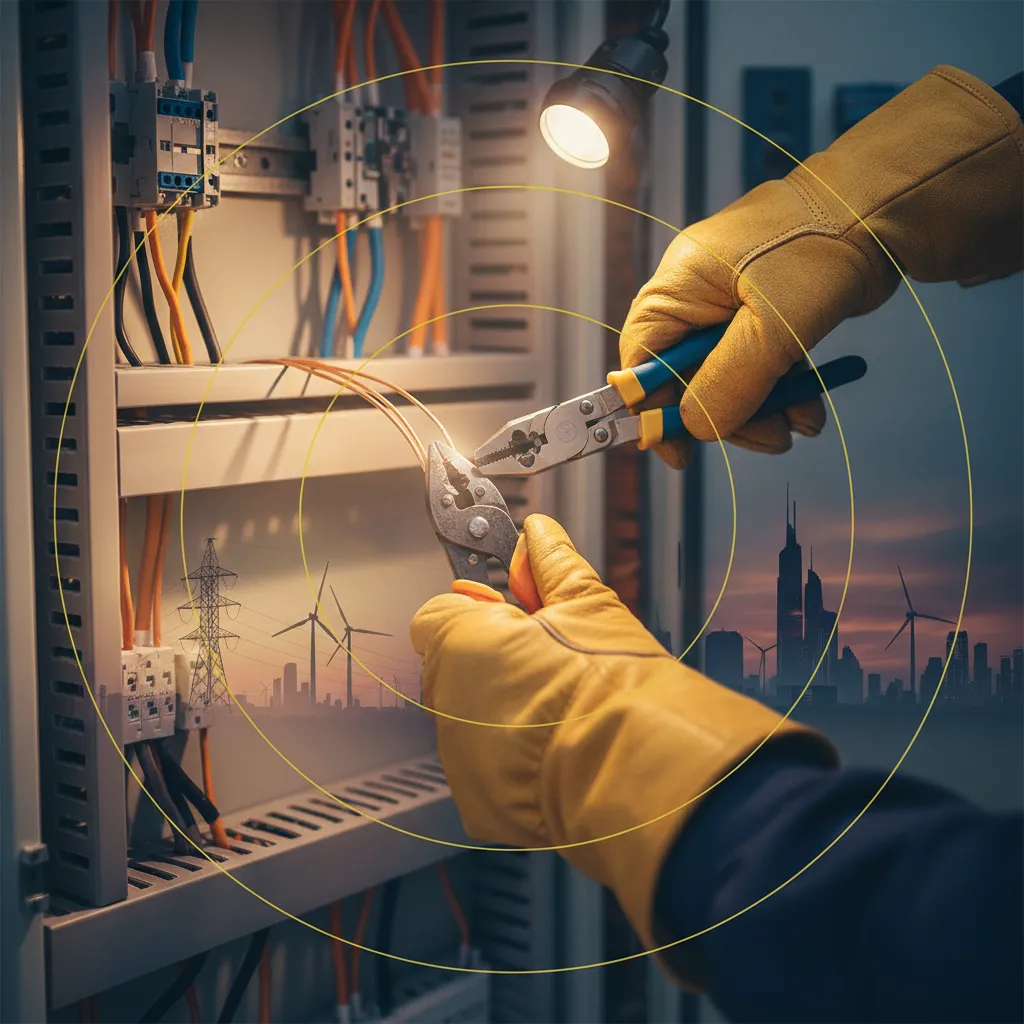How Technology is Transforming Elderly Care in the USA
In the United States, the elderly population is growing rapidly, and with it comes the urgent need for innovative solutions in healthcare and caregiving. The integration of advanced technology is reshaping elderly care, ensuring that seniors live healthier, safer, and more independent lives. From telemedicine and wearable devices to AI-powered monitoring and smart homes, digital tools are driving a profound transformation. This article explores how technology is changing elderly care in the USA, highlighting opportunities, challenges, and future trends.

The Growing Need for Elderly Care in the USA
The demographic shift in the USA is undeniable. By 2030, over 20% of the U.S. population will be 65 years or older, creating increased demand for senior care services. Families, healthcare providers, and policymakers are all seeking sustainable ways to manage this growing need.
The rise in life expectancy also means more people are living with chronic conditions like diabetes, heart disease, and dementia. These challenges are prompting the healthcare system to turn to digital health solutions to fill critical gaps in care and reduce costs.
Telemedicine: Expanding Access to Healthcare
Telemedicine has become one of the most transformative tools for elderly care in the USA. Seniors can now connect with doctors through video consultations, eliminating the need for frequent in-person visits, especially for those with mobility challenges.
During the COVID-19 pandemic, telehealth usage skyrocketed, and its impact continues to grow. Seniors benefit from easier medication management, routine checkups, and specialist consultations without the burden of traveling long distances.
Benefits of Telemedicine
- Convenient access to healthcare professionals
- Reduced hospital visits and readmissions
- Better chronic disease management
Wearable Devices and Remote Monitoring
Wearable devices such as smartwatches and fitness trackers are increasingly used to monitor seniors’ health. These devices track heart rate, blood pressure, oxygen levels, and even detect falls.
Remote monitoring allows caregivers and physicians to receive real-time updates, ensuring timely intervention in case of emergencies. This proactive approach enhances both safety and quality of life for elderly individuals.
Examples of Wearable Devices
- Smartwatches with fall detection
- Blood pressure monitoring cuffs
- Sleep trackers for seniors with insomnia
AI-Powered Caregiving Solutions
Artificial Intelligence (AI) is playing a critical role in modern elderly care. AI-powered chatbots provide companionship, while predictive algorithms help doctors anticipate health issues before they escalate.
Robotics is another area where AI shines. Robots can assist with daily activities, medication reminders, and even provide emotional support. These innovations are redefining the meaning of personalized care for seniors.
AI in Predictive Healthcare
AI tools can analyze health data to predict the likelihood of conditions such as heart attacks or strokes. This predictive power allows healthcare providers to create tailored prevention plans, improving senior health outcomes.
Smart Homes and Internet of Things (IoT)
Smart home technology is revolutionizing how seniors live independently. From voice-controlled lighting and thermostats to IoT-enabled appliances, these innovations help reduce risks at home.
For example, sensors in the kitchen can detect if a stove has been left on, while motion detectors can alert caregivers if an elderly person has fallen. Such IoT solutions provide peace of mind to families and promote independence for seniors.
Smart Home Features for Elderly Care
- Voice assistants for reminders and communication
- Automated door locks for security
- Remote-controlled thermostats and lighting
Robotics and Assistive Technology
Robotics is bridging the gap between human caregiving and technology. Robots can help seniors with mobility issues, lifting, and moving safely. Assistive technologies like smart wheelchairs and robotic exoskeletons also improve physical independence.
Robotic pets, designed for companionship, have been shown to reduce loneliness and stress among seniors, especially those in nursing homes. These technologies complement traditional caregiving and enhance overall well-being.
Medication Management and Digital Health Tools
Medication adherence is a major challenge in elderly care. Digital pill dispensers and reminder apps ensure that seniors take the right medication at the right time. This reduces hospital visits caused by missed or incorrect dosages.
Healthcare providers also use electronic health records (EHR) to monitor prescriptions and coordinate treatment plans across multiple specialists, improving continuity of care for seniors with complex health needs.
Popular Digital Medication Tools
- Smart pillboxes with alarms
- Mobile apps for dosage tracking
- Automated refill reminders
Virtual Reality (VR) and Cognitive Therapy
Virtual Reality is not only for entertainment - it is becoming a valuable tool in elderly care. VR therapy is used to stimulate memory in seniors with dementia and Alzheimer’s, providing mental engagement and reducing cognitive decline.
Moreover, VR experiences such as virtual travel and relaxation sessions improve emotional well-being, helping seniors fight depression and isolation.
Applications of VR in Elderly Care
- Cognitive therapy for dementia patients
- Virtual travel experiences
- Relaxation and meditation programs
Social Connectivity and Digital Platforms
Loneliness is a significant concern among the elderly. Social media platforms, video calling apps, and online communities help seniors stay connected with family and friends. Digital literacy programs are being introduced to teach seniors how to use these platforms effectively.
By staying digitally engaged, seniors can combat feelings of isolation, improving both mental and emotional health. Digital communication has become an essential part of elderly care in the USA.
Challenges and Ethical Concerns in Tech-Driven Elderly Care
While technology offers many benefits, it also presents challenges. Data privacy, affordability, and accessibility remain critical issues. Many seniors are not comfortable with advanced technology, creating a digital divide.
Ethical concerns also arise when AI and robotics replace human interaction, raising questions about empathy and dignity in caregiving. Policymakers must address these challenges to ensure technology serves as a complement, not a replacement, to human care.
Future of Elderly Care in the USA
The future of elderly care will be shaped by continued advancements in digital health. Personalized medicine, genomics, and AI-driven predictive analytics are expected to play bigger roles. With growing investment in healthcare technology, the USA is moving toward a hybrid care model that combines human compassion with digital efficiency.
As innovation accelerates, the goal will be to create a system where seniors can age with dignity, independence, and access to the best possible care.
Conclusion
Technology is revolutionizing elderly care in the USA, transforming how seniors live, connect, and receive healthcare. From telemedicine and wearables to AI, IoT, and VR, the tools available today are enabling a brighter future for aging populations. While challenges remain, the integration of technology ensures that elderly individuals can maintain independence, improve health outcomes, and experience better quality of life. The journey toward tech-driven elderly care is only beginning, and its potential is limitless.











